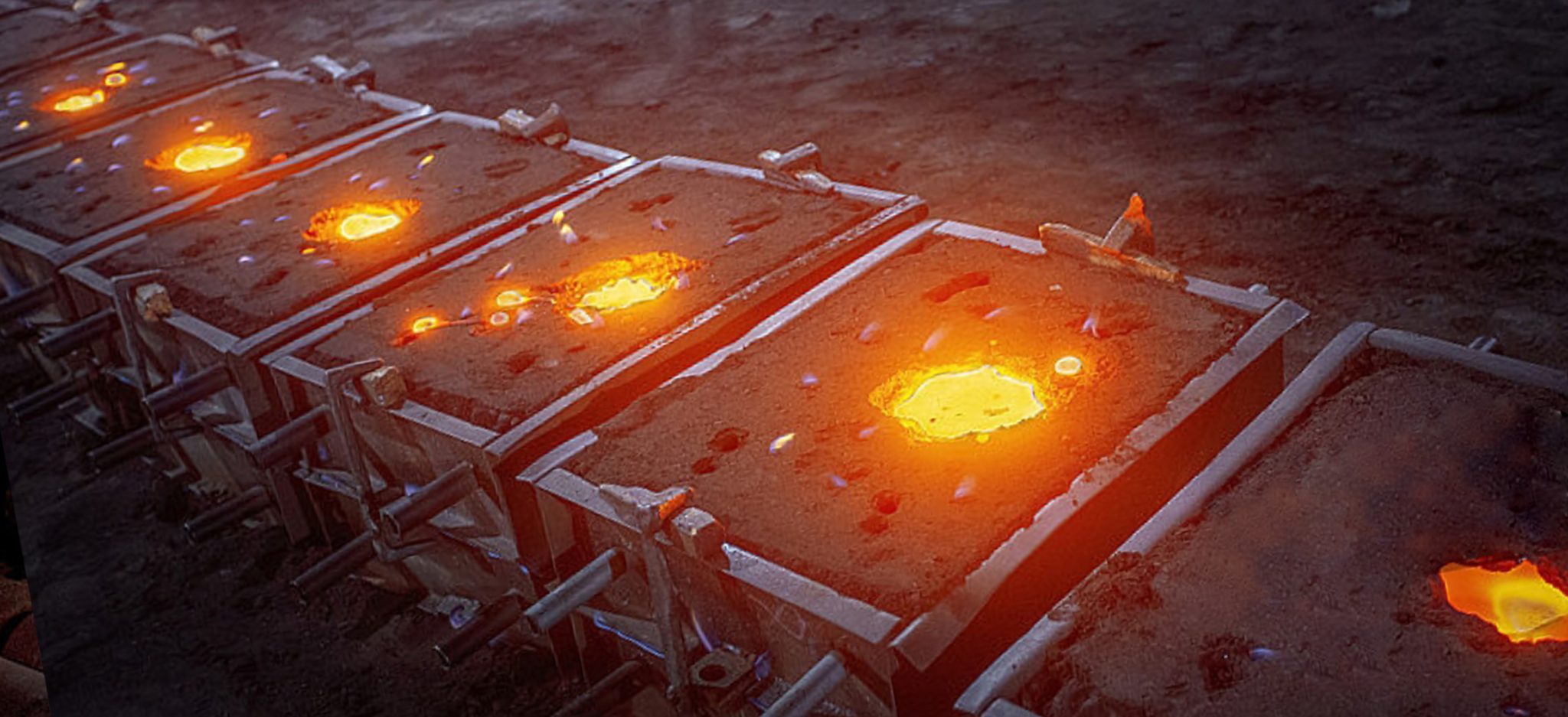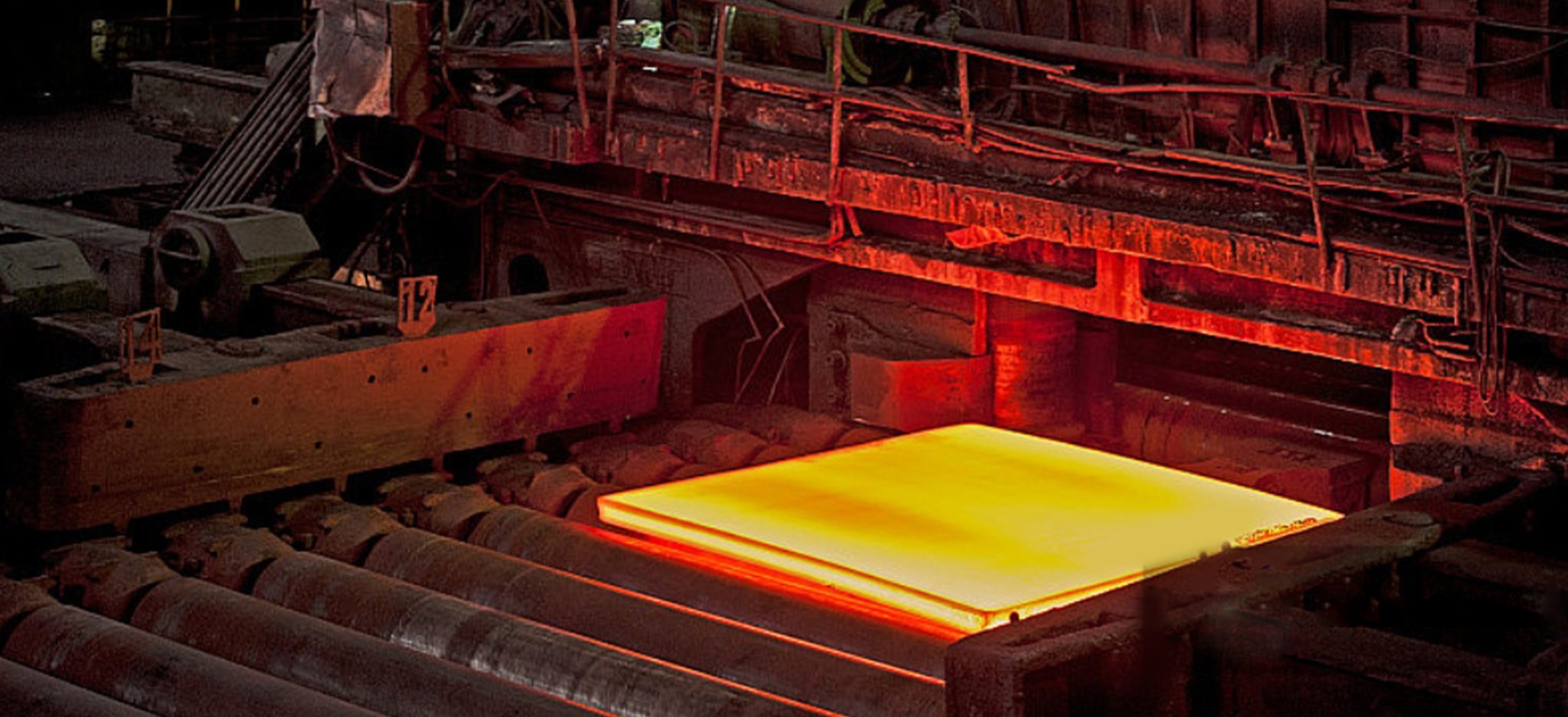Common Manufacturing Processes of Stainless Steel Products: Overview of Production Flow and Key Technologies
Stainless steel products are widely used in various fields such as construction, home furnishings, and industry due to their excellent corrosion resistance and aesthetic appearance. This article will detail the production flow and key technologies of stainless steel products to help readers better understand the manufacturing process of this important material.
Ⅰ.Classification of Stainless Steel
Before delving into manufacturing processes, it is essential to understand the classification of stainless steel. The main types of stainless steel include:
1.Austenitic Stainless Steel (e.g., 304, 316): Known for good corrosion resistance and workability.
2.Ferritic Stainless Steel: Offers good oxidation resistance and is suitable for high-temperature environments.
3.Martensitic Stainless Steel: Primarily used for tools and other applications requiring high hardness.
Ⅱ. Production Flow of Stainless Steel Products
The production flow of stainless steel mainly includes the following steps:
1.Raw Material Preparation
The primary raw materials for manufacturing stainless steel are iron ore, chromium ore, and nickel. These materials are mixed in certain proportions to form an alloy through melting.
2.Melting and Refining
In an electric arc furnace or converter, the raw materials are melted, during which impurities are removed to improve the purity of the steel. The refining process can adjust the properties of stainless steel by adding alloying elements.
3.Casting
The molten stainless steel is cast into various shapes of ingots (cast billets), which serve as an important foundation for subsequent processing.
4.Hot Processing
The cast ingots undergo hot rolling or forging to achieve the desired thickness and shape. Hot processing not only improves the strength of the material but also enhances its toughness.
5.Cold Processing
The stainless steel that has undergone hot processing can be cold rolled to further improve its surface finish and dimensional accuracy.
6.Heat Treatment
Annealing is performed to eliminate internal stresses and enhance the toughness and corrosion resistance of stainless steel.
7.Surface Treatment
Stainless steel products undergo surface treatments such as polishing, sandblasting, or electroplating to improve their appearance and corrosion resistance.
8.Inspection and Quality Control
Finally, the products undergo strict inspection to ensure they meet relevant standards and customer requirements.


III. Key Technologies
In the manufacturing of stainless steel products, several key technologies are crucial to note:
-
- Temperature Control Technology: Precisely controlling temperature during hot processing and heat treatment is vital for improving material performance.
- Alloy Design: Reasonable design of alloy composition can optimize the performance of stainless steel to meet the needs of different applications.
- Surface Treatment Technology: Innovative surface treatment technologies can enhance both aesthetic appeal and corrosion resistance.
Ⅳ. Conclusion
The manufacturing process of stainless steel products is complex and meticulous, with each step being crucial to the quality and performance of the final product. Understanding these production processes and key technologies not only helps consumers select suitable stainless steel products but also provides valuable references for industry professionals.
I hope this blog provides you with valuable information to better understand the production processes of stainless steel products.
MARCHRY HARDWARE
WEBSITE: www.marchry.com
MAIN PRODUCTS: Door handle, Door knob, Pull handle, Door stopper, Door lock, Toilet partition hardware, Furniture handle, etc.





